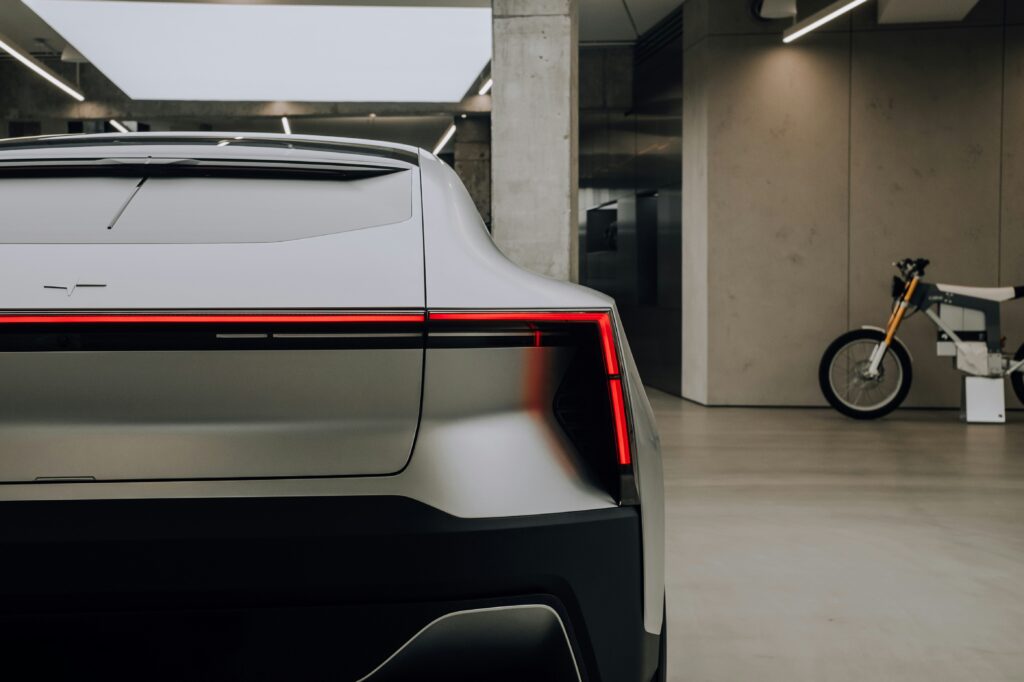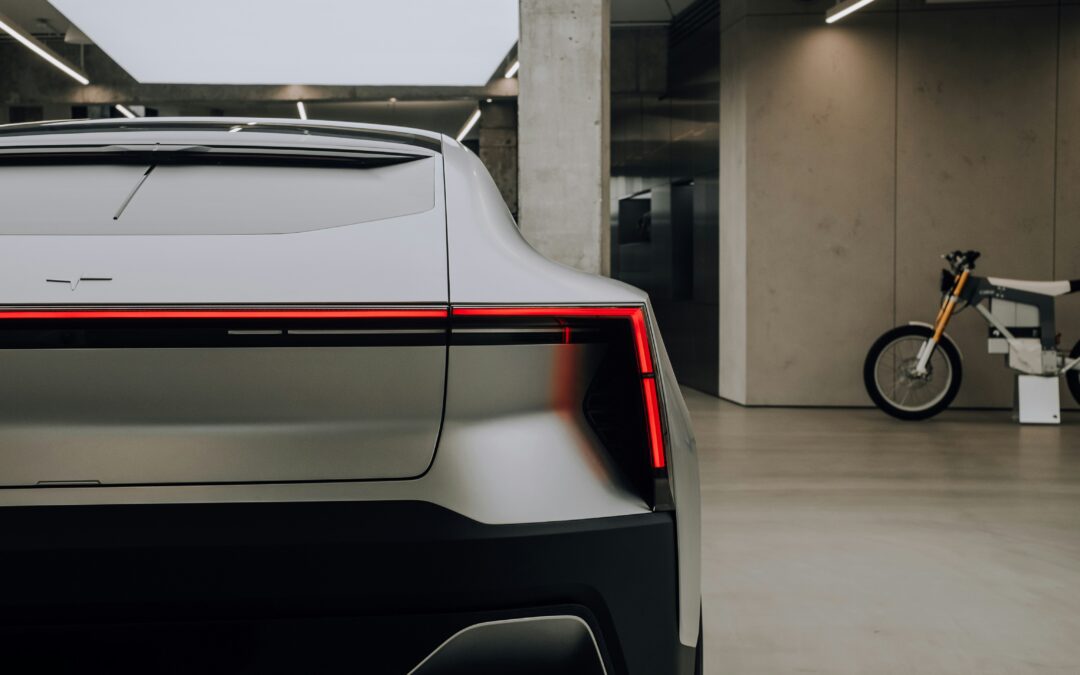If you’ve recently joined the growing community of electric bike enthusiasts or are considering investing in one, you might be wondering about the best way to charge your new ride. From learning about the different charging options available to understanding the recommended charging times, this article will guide you through the process of charging an electric bike effectively. So, get ready to pedal your way to knowledge and keep your electric bike powered up for your next adventure!
Preparation
Before you start charging your electric bike, there are a few things you need to consider. First, check the battery type of your electric bike. Different bikes may use different battery types, such as lithium-ion or lead-acid batteries. Make sure you know what type of battery your bike has, as this will affect the charging process.
Next, find a suitable charging location for your electric bike. Ideally, you should charge your bike in a dry, well-ventilated area. Avoid charging it near flammable materials or in places where there is a risk of water damage. It’s also important to ensure that the charging location has a power outlet nearby.
Lastly, ensure safety precautions are in place. Always use the charger provided by the manufacturer and avoid using third-party chargers, as they may not be compatible or safe. Make sure the charger and battery are in good condition, with no visible damage or wear. Additionally, keep children and pets away from the charging area to prevent accidents.
Charging Methods
When it comes to charging your electric bike, there are a few different methods you can use. The most common method is to use the built-in charger that comes with your bike. This charger is usually plugged directly into the bike’s battery and allows for convenient charging.
Another option is to use an external battery charger. This method involves removing the battery from the bike and charging it separately with an external charger. This can be useful if you need to charge multiple batteries or if you want to charge your battery at a faster rate.
For those looking for a more environmentally-friendly option, there are also solar charging options available. These chargers use solar panels to convert sunlight into electricity, which can then be used to charge your electric bike. While solar charging may not be as fast as using a traditional charger, it can be a great option for those who want to reduce their carbon footprint.

Charging Process
Once you’ve selected the charging method that works best for you, it’s time to start the charging process. If you’re using the built-in charger, simply connect the charger to the battery and plug it into a power outlet. Make sure to follow the manufacturer’s instructions regarding the specific charging process and any additional steps that may be required.
While your bike is charging, it’s important to monitor the charging status. Many electric bikes have indicators or lights that show the charging progress. This will allow you to see how much charge is left and how long it may take to complete the charging process. It’s also a good idea to periodically check the charger and battery to ensure they are not overheating or showing any signs of damage.
One important thing to remember is to avoid overcharging your electric bike. Overcharging can lead to decreased battery performance and potentially even damage the battery. Most electric bikes have built-in mechanisms to prevent overcharging, but it’s still a good practice to unplug the charger once the battery is fully charged, or as recommended by the manufacturer.
Charging Time
The charging time of an electric bike can vary depending on several factors. Understanding battery capacity is key to estimating charging time. Battery capacity is measured in watt-hours (Wh) and represents the amount of energy the battery can store. The higher the watt-hour rating, the longer it will take to charge the battery fully.
Factors such as the charging method used, the battery’s current charge level, and the power input available can also affect charging time. For example, using a faster charger or a more powerful power outlet may result in shorter charging times.
Estimating the charging duration can be helpful, especially if you need to plan your charging around your daily activities. It’s a good idea to consult the manufacturer’s guidelines or user manual to get a rough estimate of the charging time for your specific electric bike model.

Battery Maintenance
Proper battery maintenance is essential to ensure the longevity and performance of your electric bike’s battery. Storing the battery correctly is one aspect of maintenance. When storing your bike for an extended period, it’s important to remove the battery and store it in a cool, dry place. This will help prevent damage and deterioration caused by extreme temperatures or moisture.
Maintaining optimal charge levels is also crucial for battery health. It is generally recommended to keep the battery charged between 20% and 80% to maximize its lifespan. Avoiding complete discharge or constant full charge is beneficial for the longevity and overall performance of the battery.
Extreme temperatures can have a significant impact on battery performance and lifespan. It is best to avoid exposing your electric bike to extremely high or low temperatures for prolonged periods. This means avoiding leaving it in direct sunlight or extreme cold, as it can damage the battery and affect its overall performance.
Troubleshooting
Sometimes, despite your best efforts, issues may arise while charging your electric bike. Identifying common charging issues can help troubleshoot the problem more effectively. These issues may include slow charging, no charging, or inconsistent charging.
If you encounter any charging issues, it’s important to check for faulty components. Inspect the charger, battery, and their connections for any signs of damage or loose connections. If you notice any issues, it’s best to contact the manufacturer or a qualified electric bike technician for further assistance.
If troubleshooting on your own doesn’t resolve the issue, don’t hesitate to contact customer support. Most electric bike manufacturers have dedicated customer support channels to help you with any problems you may encounter. They can guide you through the troubleshooting process or arrange for repairs or replacement parts if necessary.

Tips and Best Practices
To ensure a smooth charging experience and maximize the lifespan of your electric bike’s battery, there are a few tips and best practices to keep in mind. First and foremost, it’s important to read the manufacturer’s instructions and follow their specific recommendations for charging your electric bike. Each bike may have unique requirements or precautions, so it’s essential to familiarize yourself with them.
Avoid charging your electric bike in extreme conditions. This includes extreme temperatures, high humidity, or direct sunlight. These conditions can negatively impact battery performance and overall charging efficiency. Charging in a well-ventilated, temperate environment is ideal.
Regularly inspect the charging port for any dust, dirt, or debris that may accumulate. A clean charging port helps to maintain a good connection between the charger and the battery, ensuring efficient charging. Use a soft cloth or brush to clean the charging port and remove any foreign particles.
Environmentally-Friendly Charging
Going green doesn’t stop at riding an electric bike; it also extends to the way we charge them. Using renewable energy sources to charge your electric bike is a great way to reduce your carbon footprint and promote sustainability. If possible, consider using solar or wind power to charge your battery. This way, you can harness clean, renewable energy and enjoy a truly eco-friendly charging experience.
Another way to promote sustainable transportation is by participating in bicycle sharing programs. These programs allow you to rent an electric bike for a certain period, giving you the opportunity to try out an electric bike without committing to one. By using shared electric bikes, you can reduce the number of cars on the road, alleviate traffic congestion, and contribute to a cleaner and greener environment.

Charging Technologies
As technology advances, new and innovative charging technologies are emerging in the electric bike industry. Fast-charging options are becoming more prevalent, allowing you to charge your electric bike’s battery in a fraction of the time compared to traditional charging methods. These fast-charging options provide convenience, especially for those who don’t have a lot of time to spare.
Wireless charging advancements are also being developed, eliminating the need for physical charging cables. With wireless charging, you simply place your electric bike on a charging pad, and the battery charges through electromagnetic induction. This technology is not only convenient but also eliminates the risk of damaging charging ports or cables.
Battery swapping systems are another exciting development in the electric bike charging world. Instead of waiting for your battery to charge, you can simply swap it out for a fully charged one at designated battery swap stations. This eliminates any downtime spent waiting for your battery to charge and allows for extended rides without interruptions.
Conclusion
Charging your electric bike properly is essential for maintaining battery health, maximizing performance, and enjoying a long-lasting riding experience. By following the steps outlined in this article, including checking the battery type, finding a suitable charging location, and taking safety precautions, you can ensure a smooth and efficient charging process.
Remember to choose the appropriate charging method for your electric bike, monitor the charging status, and avoid overcharging. Understanding battery capacity, estimating charging time, and practicing proper battery maintenance will further enhance your charging experience.
In addition to these best practices, troubleshooting any charging issues and contacting customer support if needed will help resolve any problems that may arise. By following these tips, you can enjoy the benefits of riding an electric bike while contributing to sustainable transportation and minimizing your impact on the environment.
Stay informed about the latest charging technologies and advancements, such as fast-charging options, wireless charging, and battery swapping systems. These innovations can enhance your charging experience and provide more convenient and efficient ways to keep your electric bike powered up.
So remember, be prepared, charge responsibly, and enjoy the ride!


